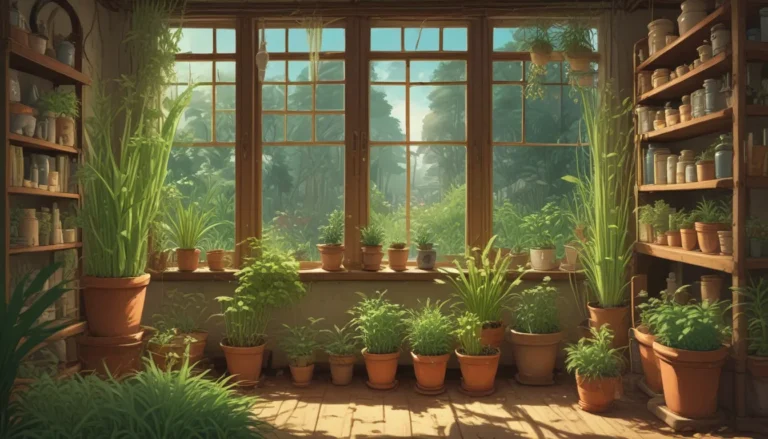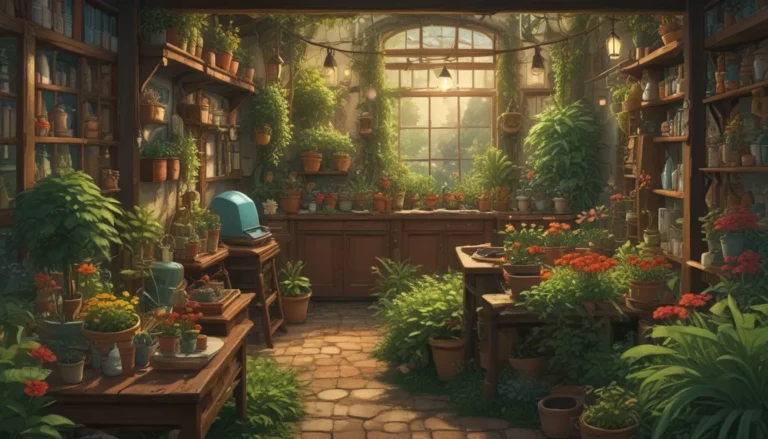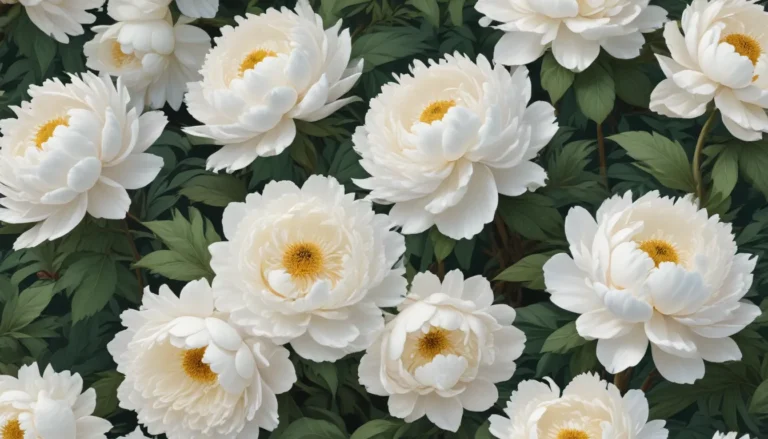Comprehensive Guide on Growing and Caring for Oncidium Orchids

Are you ready to take on a growing challenge after mastering Phalaenopsis orchids? Then it’s time to delve into the world of Odontoglossum orchids, also known as tiger orchids. These vibrant blossoms native to high altitudes in the Andes of South America are sure to captivate any orchid enthusiast.
Known for their long-lasting flowers, these orchids require specific care that might be a bit challenging for beginners. However, with a little guidance, you can cultivate healthy and thriving Odontoglossum plants in your home. Stay tuned as we delve into the details of caring for these exquisite plants with our comprehensive guide.
What You’ll Learn
Let’s embark on a journey to become an expert in growing and caring for Oncidium orchids. Here’s a breakdown of what we’ll cover to make you a pro:
- What Are Odontoglossum or Oncidium Orchids?
- Cultivation and History
- Propagation
- How to Grow
- Growing Tips
- Pruning and Maintenance
- Hybrids and Species to Select
- Managing Pests and Disease
- Best Uses
- Quick Reference Growing Guide
Before we dive into the cultivation of these orchids, let’s clear up a bit of confusion around their classification.
What Are Odontoglossum or Oncidium Orchids?
While commonly referred to as Odontoglossum orchids, they are now classified under the Oncidium genus. This reclassification has caused a bit of debate among orchid enthusiasts, but let’s focus on understanding the roots of the name.
The term “Odontoglossum” originates from Greek, with “odont” meaning tooth and “glossa” meaning tongue. This refers to the fleshy lumps found on the petals of these exquisite flowers.
Previously, Odontoglossum and Oncidium species were classified separately. However, they are now grouped together in the Oncidium alliance. These orchids are known for their unique floral beauty, emerging in various colors resembling tiger stripes.
As sympodial plants, they grow from a horizontal rhizome rather than a single vertical stem. Understanding the classification and growth patterns of these orchids will help you provide them with optimal care in your home.
Cultivation and History
Oncidium orchids are native to Central America and western South America, thriving in a wide range of elevations. Their robustness extends to Zones 7 to 10, adapting to varying climates with ease.
Discovered in the late 18th century by explorers in South America, these orchids gained popularity for their vibrant blooms. Renowned botanists like Karl Sigismund Kunth played a pivotal role in naming and classifying these plants, contributing to their rich history.
Oncidium Propagation
Propagation of Oncidium orchids involves various methods, including seed propagation and division. While seed propagation requires expertise, division can be challenging and is best left to experienced growers.
When bringing a new plant home, avoid repotting in a larger container immediately. Over-potting can lead to root rot, a common issue among orchids. Instead, wait for a year or two before repotting to allow the plant to adapt to its new environment.
How to Grow Oncidium Orchids
Growing Oncidium orchids may pose a challenge due to their specific requirements. Bright light and cool temperatures are essential for their healthy growth.
When selecting a location for your orchids, ensure they receive bright, indirect light while maintaining cool temperatures below 75°F during the day and around 55°F at night. It’s crucial to strike a balance between light exposure and temperature to mimic their natural habitat.
Choosing the right potting mix is crucial for Oncidium orchids. Whether terrestrial or epiphytic, these plants thrive in well-draining mediums like orchid bark or a bark mix. Repotting annually or as needed will ensure healthy growth and prevent root rot in these sensitive plants.
Maintaining adequate humidity levels and watering these orchids regularly are key to their well-being. Providing high-quality water with a pH between 6.0 and 6.8 and feeding them with a balanced fertilizer will keep them thriving year-round.
Growing Tips
Remember these key tips for growing Oncidium orchids:
- Maintain bright, indirect light and cool temperatures
- Ensure humidity levels between 55 and 80 percent
- Use a well-draining orchid bark or bark mix for planting
Pruning and Maintenance
Regular pruning and maintenance are essential for the longevity of your Oncidium orchids. Repotting annually, inspecting roots, and replacing substrates when needed will prevent issues like root rot and ensure healthy growth.
Knowing when to repot or change substrates is crucial for maintaining healthy plants. Remove mushy or dead roots, fill the new pot with fresh substrate, and firm it around the roots for stability. Keep an eye on root growth to determine when to repot into a larger container.
Oncidium Hybrids and Species to Select
Exploring modern cultivars and hybrids of Oncidium orchids offers a variety of options for growers. Consider Cambria hybrids, Equitant, or Nobile species for unique features and ease of care compared to traditional varieties.
- Cambria Hybrids: These versatile hybrids bloom every nine months and offer a diversity of leaf and flower colors.
- Equitant: Smaller in size, Equitant orchids are ideal for compact spaces and tolerate warmer temperatures.
- Nobile: Known for its highly fragrant blooms, the Nobile species is a popular choice for its colorful and vibrant flowers.
Managing Pests and Disease
While Oncidium orchids are relatively low-maintenance, they may encounter pests like aphids or spider mites. Treating these sap-suckers with water and insecticidal soap will mitigate any potential damage.
Root rot is a common disease among orchids, often caused by overwatering and poor drainage. Maintaining a well-draining substrate, regular repotting, and monitoring root health are crucial for preventing root rot in Oncidium orchids.
Best Uses for Oncidium Orchids
With their striking flowers and low-light tolerance, Oncidium orchids are perfect for showcasing on tables, shelves, or desks. Whether potted or mounted, these plants add a touch of elegance to any living space.
Mounting Oncidium orchids is a unique way to display them and reduce the risk of root rot. Consider mounting your plants for an aesthetically pleasing arrangement that mimics their natural habitat.
Conclusion
In conclusion, Oncidium orchids, also known as Odontoglossum, are exquisite plants that require specific care to thrive in a home environment. By understanding their classification, growth patterns, and unique requirements, you can cultivate healthy and vibrant orchids in your space.
With our comprehensive guide, you’re equipped with the knowledge and tips to grow and care for Oncidium orchids like a pro. From selecting the right location to maintaining humidity levels and preventing pests, you’re ready to embark on an Orchid-growing journey with confidence.
Have you encountered any challenges growing Oncidium orchids? Share your experiences in the comments below, and let’s continue to explore the fascinating world of orchid cultivation together.
For more information on growing orchids, check out these informative guides:
- Orchids 101: How to Grow and Care for Orchids
- How to Grow and Care for Cattleya Orchids
- 23 Types of Orchids to Grow as Houseplants
Let’s continue to nurture these beautiful plants and bring the magic of Oncidium orchids into our lives. Happy growing!
Remember, with proper care and dedication, your Oncidium orchids will flourish and reward you with their stunning blooms. Embrace the journey of orchid cultivation and enjoy the beauty these plants bring to your home environment.
Happy Growing!





